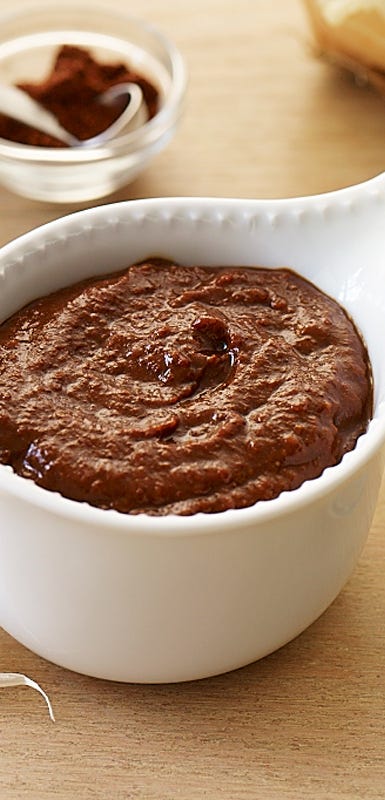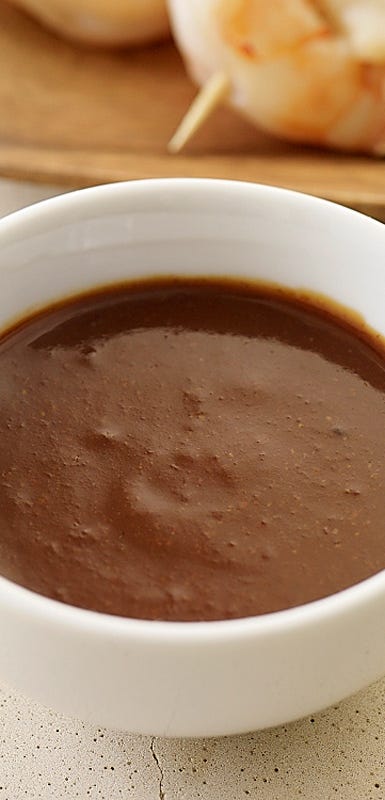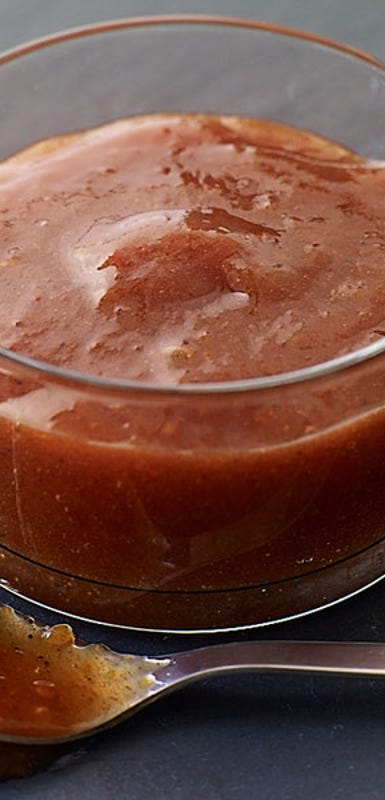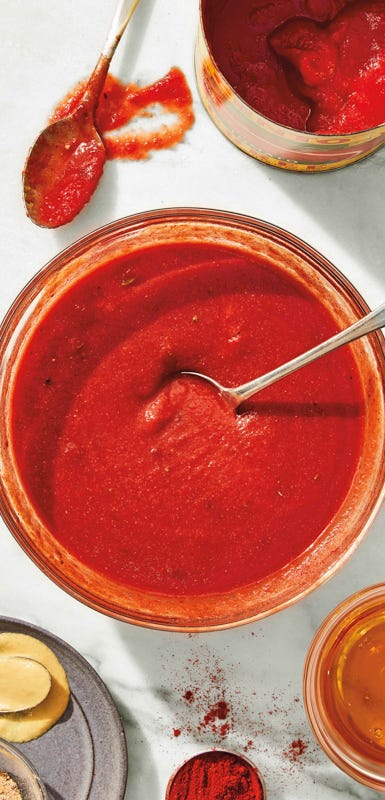How to Buy and Cook Ribs
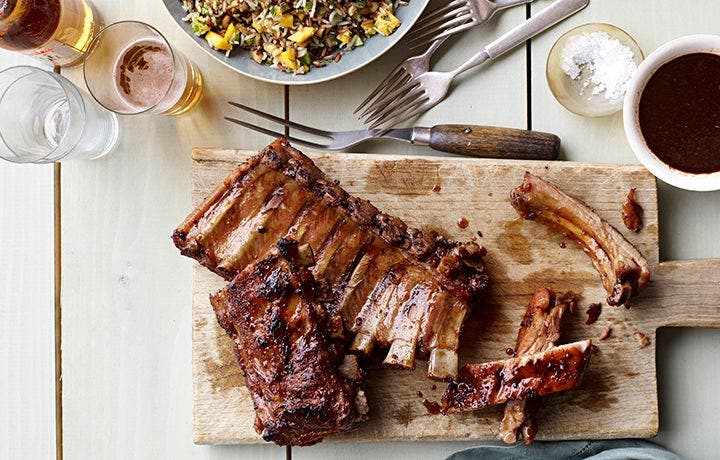
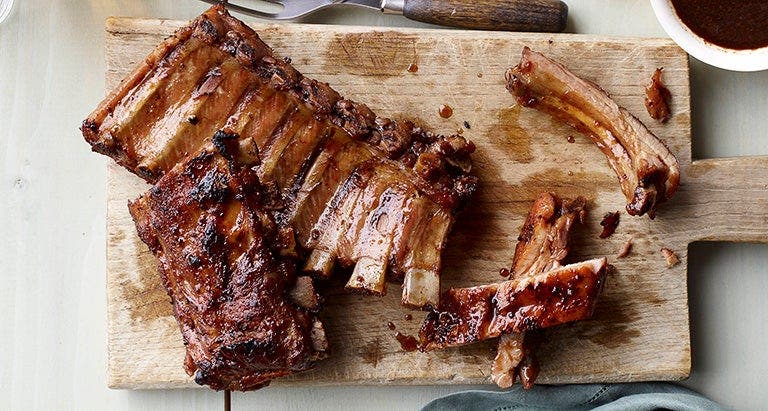
Beef, pork and more options
Larger supermarkets can stock ribs from all sorts of animals: buffalo (like pumped-up beef ribs), antelope, venison, elk and wild boar. Some small producers at farmers’ markets offer lamb ribs. We’ve even seen smoked alligator ribs in some Florida barbecue pits. However, beef and pork divide the territory for most people.
- Beef: Maybe the best part of a standing rib roast.
- Pork: Not just spare ribs, but an astounding array of choices from all across the animal, some of them not even ribs at all!
You can often find large racks of ribs in sealed packs at the supermarket or at big-box stores. If possible, ask the butcher to divide them into individual ribs or smaller sections, depending on your needs. As an added bonus, the butcher will have to open the package and can make sure the meat inside is fresh.
How to Cook Ribs
- Barbecuing: Ribs are almost never cooked over direct heat (that is, they’re rarely grilled). They take too long and dry out too quickly. Instead, ribs are most often cooked with indirect, low heat (that is, they are barbecued), set to the side of the flame or coals. The best success here can be had with full rib racks or lean, evenly sized, cut-apart ribs.
- Braising or stewing: Ribs can add tons of flavor to a pot of simmering vegetables and aromatics, a meaty accent for pure comfort food. Throw a rib or two into a pot of bean soup — or even some homemade marinara sauce. (See, you can have ribs in the winter, too!) Look for thick, meaty ribs — or even smoked ribs that have a good amount of meat left on the bones.
- Oven-roasting: Ribs crave gentle, even heat — and so become soft and luxurious in the oven on a lipped baking sheet. A spicy rub works best to bring out even more flavor. This technique is best with whole racks or large sections of racks.
-
Smoking: The most labor-intensive cooking method can lead to the finest meal. You’ll need a day to watch the smoker, controlling its heat for an even, low burn. Choose racks of ribs or fat, thick, meaty, individual beef ribs.
How to Add Flavor
Rubs
- The meat on ribs is tasty and sweet — and doesn’t necessarily need help. So the best rubs offer contrasts and flavor notes. Look for bottled rubs at the supermarket. Or make a signature blend to store in a sealed bottle in a dark, cool pantry all summer.
- If possible, choose a rub without salt (so you can be in control of the sodium in your meal).
- Even traditional spice blends — Italian seasoning, herbes de Provence — work well as rubs.
- Ribs don’t need to be oiled — or even coated with nonstick spray — before a rub is massaged in place. The meat will be sticky enough to catch and hold the rub. That said, a little vinegar smeared on the meat before the rub can add a spark of flavor.
- For the most intense use of a rub, get it on the ribs the day before; seal the ribs in a plastic bag and refrigerate for 24 hours.
Sauces
- Ribs get a bad rap for being messy. Mostly, it’s the sauce that causes the drips and stains.
- Any barbecue sauce is best as a post-cooking application. Sauces mopped on ribs while they cook just mess up the grill, gum up the grates, and morph into no more than a coating of carbon on the meat.
- If you like the taste of the sauce after it’s been caramelized a bit, smear it on the ribs after they’re tender, then move them over direct heat for a few minutes to sear the sauce. Or simply have a batch of bottled sauces at the table, letting everyone add their own.
- While sweet sauces are an American barbecue favorite, consider those with vinegar or chilies for more flair — and a better complement to the already sweet meat.
Visual Guide
Baby back ribs, spare ribs, beef ribs, button ribs — summer wouldn’t be the same without them. Here’s a guide to eight of the most common ribs in our supermarkets.
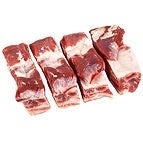
|
Beef ribs |
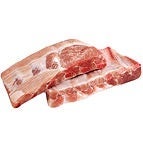
|
Pork spare ribs |
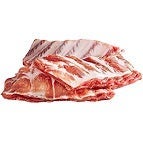
|
St. Louis–style ribs |
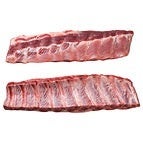
|
Baby back ribs |
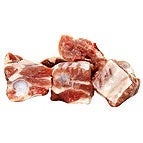
|
Riblets |
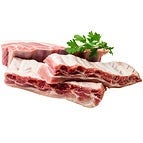
|
Rib tips |
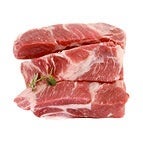
|
Country-style ribs Without the characteristic bone arching through the meat, these have very little to do with a pig’s ribs — except for the fact that they’re called “ribs” and cut to look like ribs. They’re actually cut from near the shoulder and are sold bone-in or boneless. Meaty and chunky, these are best braised — in the oven, on the stovetop, or in a slow cooker. Look for leaner cuts, like mini pork chops, rather than the heavily marbled country-style ribs often available in large packages in the meat case. |
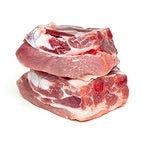
|
Button ribs These also have nothing to do with spare ribs. They are, in fact, 4- to 6-inch strips of meat with small, buttonlike, round bones embedded along their lengths. They’re taken from the small, nubby strip of bones way back on the pig. They have been popularized as “riblets” by certain American family-casual restaurants — although they have nothing to do with riblets, either. Based on that popularity, they are now sometimes sold in supermarkets as “riblets.” The best cooking method is to steam them until almost tender, then finish them over direct high heat on the grill to add a smoky flavor. |

